Growing E-commerce Platforms
The Aloe Vera Juice Market is increasingly influenced by the rise of e-commerce platforms, which provide consumers with convenient access to a wide range of aloe vera juice products. Online shopping has become a preferred method for many consumers, particularly in the health and wellness sector. Data indicates that e-commerce sales of health beverages, including aloe vera juice, are expected to grow at a rate of 10% annually. This shift towards online purchasing is likely to enhance market reach for aloe vera juice brands, allowing them to tap into new customer segments and expand their distribution channels. The convenience of e-commerce is expected to play a crucial role in the growth of the Aloe Vera Juice Market.
Expansion of Functional Beverages
The Aloe Vera Juice Market is witnessing a surge in the popularity of functional beverages, which are designed to provide specific health benefits beyond basic nutrition. Aloe vera juice, known for its potential digestive and anti-inflammatory properties, fits well within this category. The functional beverage market is projected to grow significantly, with a focus on products that promote health and wellness. This trend is likely to encourage manufacturers to innovate and diversify their aloe vera juice offerings, incorporating additional functional ingredients. As a result, the Aloe Vera Juice Market may see an influx of new products aimed at health-conscious consumers seeking functional benefits.
Rising Demand for Natural Ingredients
The Aloe Vera Juice Market is experiencing a notable increase in demand for natural and organic products. Consumers are becoming increasingly health-conscious, seeking beverages that are free from artificial additives and preservatives. This trend is reflected in the growing popularity of aloe vera juice, which is perceived as a wholesome alternative to sugary drinks. According to recent data, the market for natural beverages is projected to grow at a compound annual growth rate of approximately 8% over the next five years. This shift towards natural ingredients is likely to drive innovation within the Aloe Vera Juice Market, as manufacturers strive to meet consumer preferences for clean-label products.
Increased Awareness of Health Benefits
The Aloe Vera Juice Market is benefiting from heightened awareness regarding the health benefits associated with aloe vera consumption. Research indicates that aloe vera juice is rich in vitamins, minerals, and antioxidants, which may contribute to improved digestion, skin health, and overall wellness. As consumers become more informed about these advantages, the demand for aloe vera juice is expected to rise. Market analysis suggests that the health and wellness sector is expanding, with aloe vera juice positioned as a key player. This growing recognition of health benefits is likely to enhance the visibility and sales of aloe vera juice products in various retail channels.
Sustainability Trends in Beverage Production
The Aloe Vera Juice Market is increasingly aligning with sustainability trends, as consumers show a preference for products that are ethically sourced and environmentally friendly. The demand for sustainable practices in beverage production is on the rise, with consumers seeking transparency regarding sourcing and manufacturing processes. Aloe vera, being a drought-resistant plant, is often viewed as a sustainable crop. This perception may enhance the appeal of aloe vera juice among environmentally conscious consumers. As sustainability becomes a key factor in purchasing decisions, the Aloe Vera Juice Market is likely to adapt by promoting eco-friendly practices and certifications, thereby attracting a broader customer base.


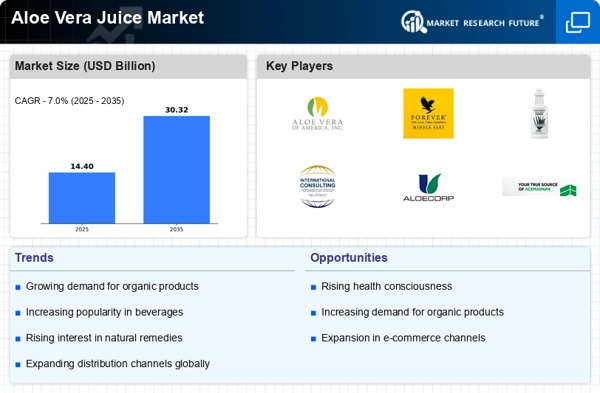
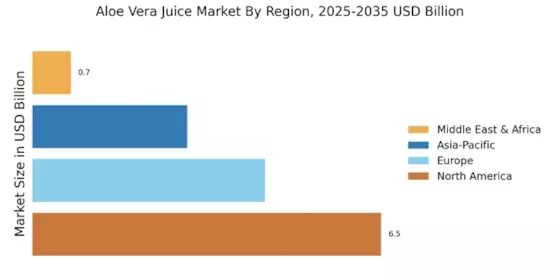
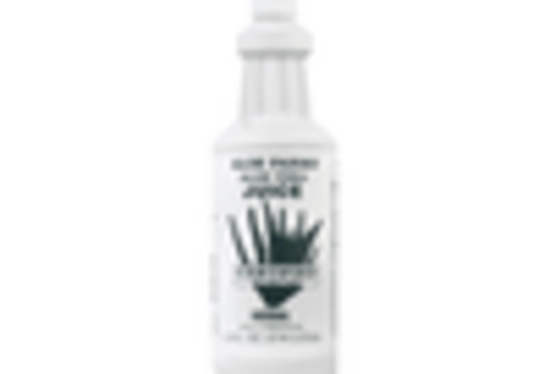
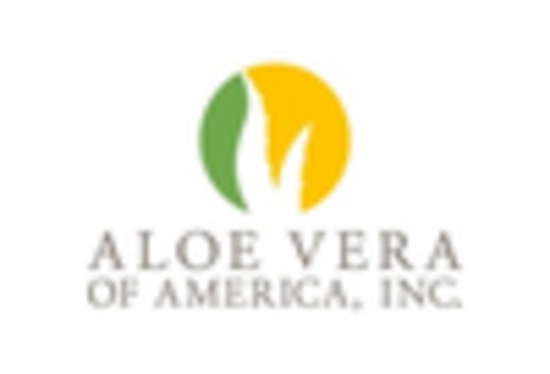
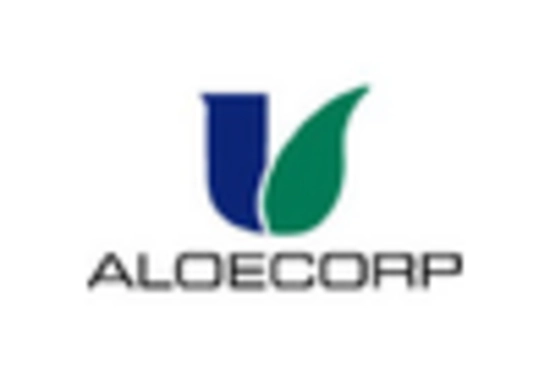

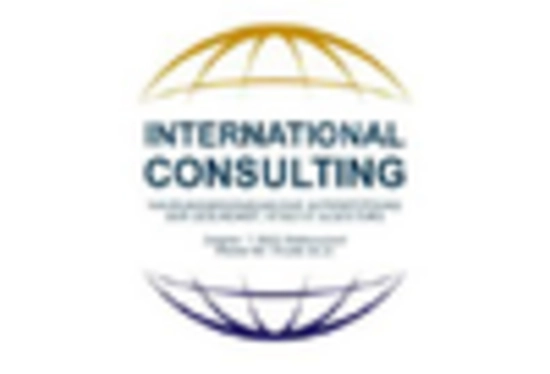
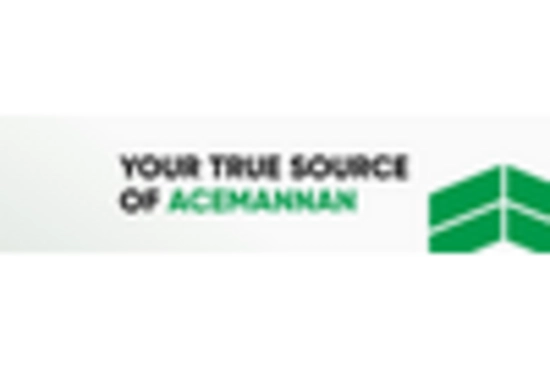








Leave a Comment